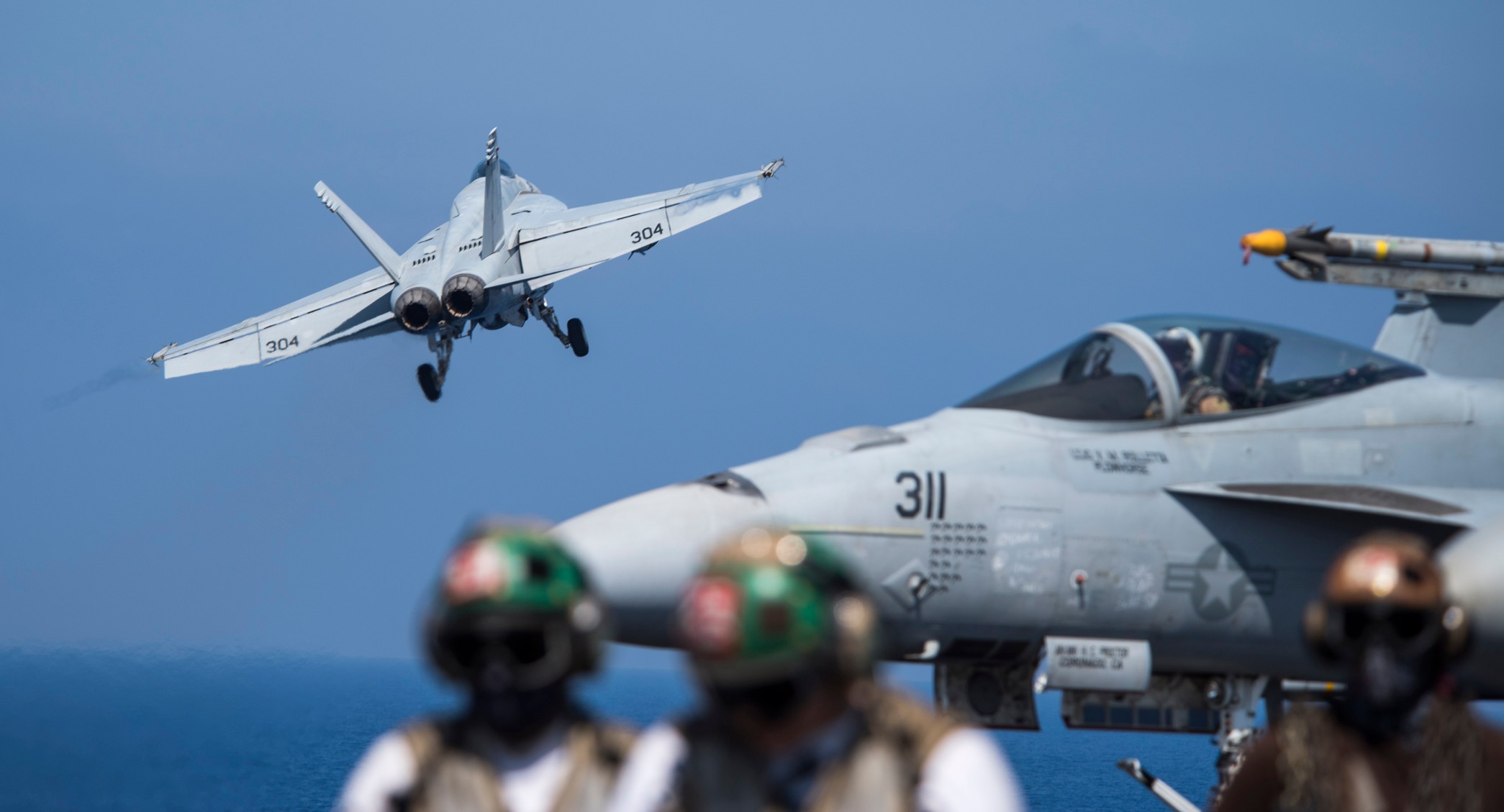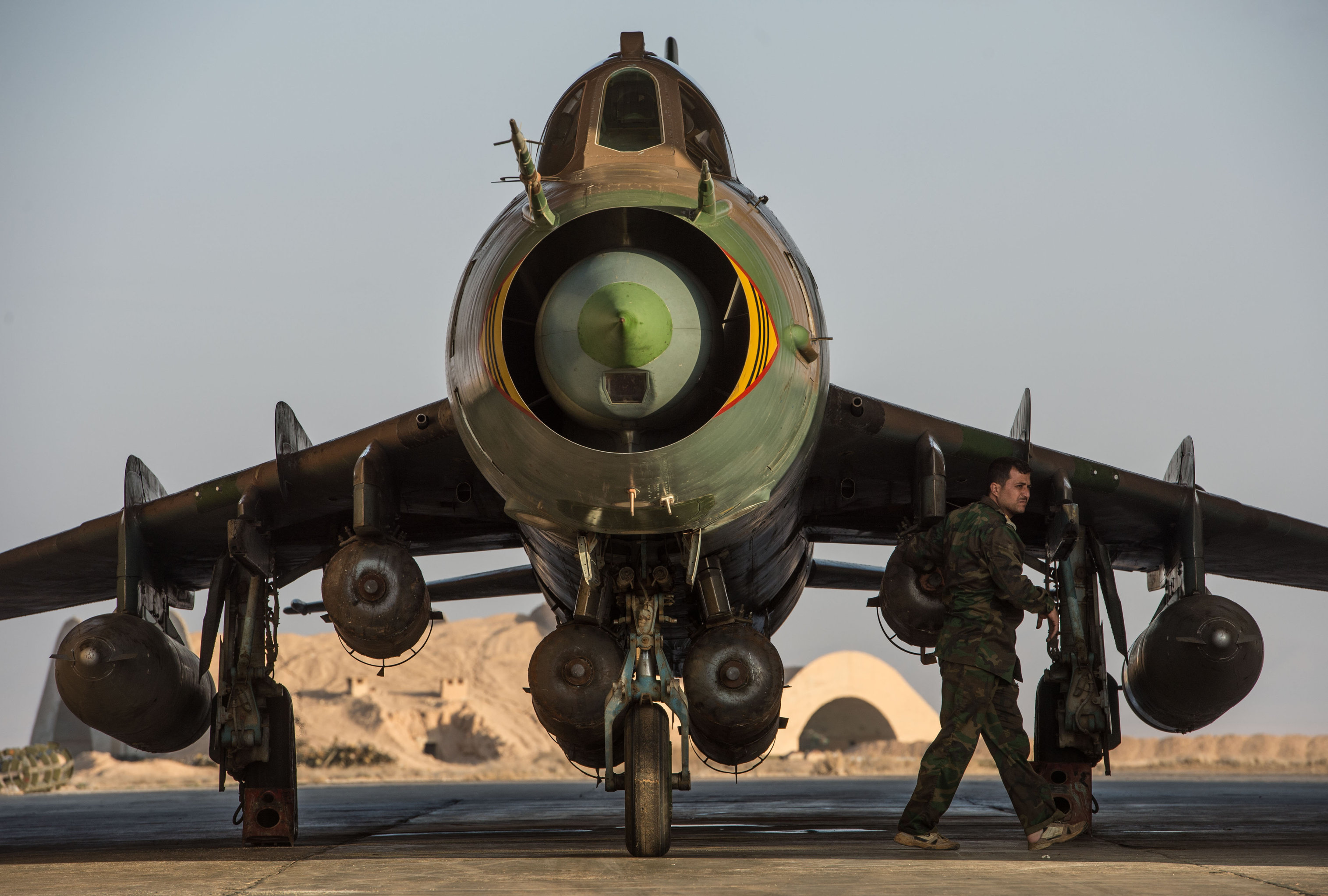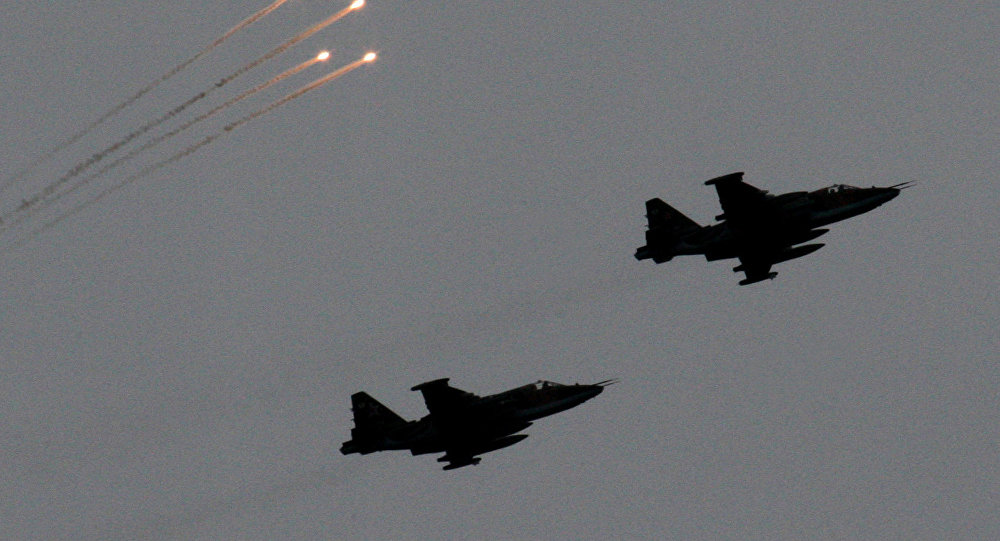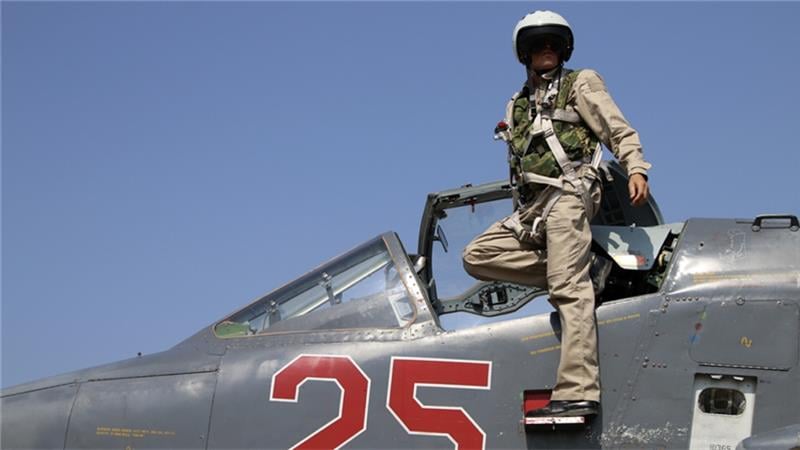
Russia claims it will no longer be party to the airspace deconfliction agreement with the U.S.-led anti-ISIS coalition and will treat coalition air contacts as potential enemy air threats after a U.S. fighter downed a Syrian jet, according to a Monday statement released from the Kremlin.
The Russian Defense Ministry said it “has ended its interaction with the U.S. side under a memorandum for preventing incidents and providing for safe flights during operations in Syria and demands that the U.S. command carry out a careful investigation and report about its results and the measures taken,” said a statement reported by Russian news wire TASS.
“The shooting down of a Syrian Air Force jet in Syria’s airspace is a cynical violation of Syria’s sovereignty. The U.S.’ repeated combat operations under the guise of ‘combating terrorism’ against the legitimate armed forces of a U.N. member-state are a flagrant violation of international law, in addition to being actual military aggression against the Syrian Arab Republic.”
The Russian statement follows the Sunday shoot-down of a Syrian regime Sukhoi Su-22 Fitter by an F/A-18E Super Hornet sortied from USS George H.W. Bush (CVN-77) operating in the Eastern Mediterranean.

In an unapologetic Sunday statement, U.S. Central Command said the Super Hornet downed the Fitter after the Bashar al-Assad regime’s fighter dropped bombs on coalition-aligned Syrian Democratic Forces near the ISIS stronghold of Raqqah.
“Following the Pro-Syrian forces attack, the coalition contacted its Russian counterparts by telephone via an established ‘de-confliction line’ to de-escalate the situation and stop the firing,” read the statement.
“At 6:43 p.m., a Syrian regime SU-22 dropped bombs near SDF fighters south of Tabqah and, in accordance with rules of engagement and in collective self-defense of coalition partnered forces, was immediately shot down by a U.S. F/A-18E Super Hornet.”
In response to the Monday declaration from the Kremlin, a Pentagon spokesman told USNI News on Monday, “the U.S. is always available to de-conflict with the Russians to ensure the safety of coalition aircrews and operations. The de-confliction line has proven effective at mitigating strategic miscalculations and de-escalating tense situations.”
The spokesman also said that coalition aircraft were continuing to target ISIS in operations over Syria and provide air support to forces on the ground.
“As a result of recent encounters involving pro-Syrian Regime and Russian forces, we have taken prudent measures to re-position aircraft over Syria so as to continue targeting ISIS forces while ensuring the safety of our aircrew given known threats in the battlespace,” the spokesman said.
In April, the Russians said they would also cease in participating in the deconfliction agreement, drafted in late 2015, following the U.S. Navy Tomahawk Land Attack Missile strike on Syrian aircraft al-Shayrat airfield following the use of chemical weapons by al-Assad loyalist forces on civilians. While the rhetoric was strong, the Russians kept participating in the deconfliction effort.

In addition to pulling out of the deconfliction agreement, the Russians said they would treat coalition aircraft as potential threats and target them with their anti-air missile systems.
“In areas where Russian aviation is conducting combat missions in the Syrian skies, any flying [objects], including jets and unmanned aerial vehicles of the international coalition discovered west of the Euphrates River will be followed by Russian air and ground defenses as air targets,” the ministry announced in the state-controlled news site Sputnik.
Russian fighters have operated in Syria since 2015 and Moscow also deployed surface-to-air missile systems to protect the airbases from where the Russian and Syrian fighters operate.
While the statement from the defense ministry indicates there would be a change in the Russian air defense posture, very little of what they announced increases real threats to coalition forces, Air Force Col. Mike Pietrucha told USNI News on Monday.
Pietrucha, a former F-4 Wild Weasel and F-15E Strike Eagle aviator with extensive experience enforcing no-fly zones, said the Russians and Syrians both were likely already tracking U.S. and coalition targets before the declaration.

“Long before the Russians arrived, the Syrians had the ability to monitor their airspace [with their anti-air missile systems],” he said.
“You have to expect [the Russians and Syrians] are monitoring. They’re doing it already. … It doesn’t change things, it’s not necessarily escalatory. It’s just the way it is.”
While the threatening rhetoric from Kremlin and Damascus has notched up over the F/A-18 E Super Hornet shoot down of the Su-22 Fitter near Raqqah, Pietrucha said that U.S. pilots and aircrews are well trained to act without hesitation in the bounds of their rules of engagement (ROE) in tricky operational theaters – like the no-fly zone over Iraq in the 1990s.
“Let’s get real. Neither the Russians or the Syrians have the experience in dealing with U.S. air forces like this,” he said.
“You ask the Iraqis: they’d tell you if you meet the allied forces ROE, you’re going to get hammered.”





